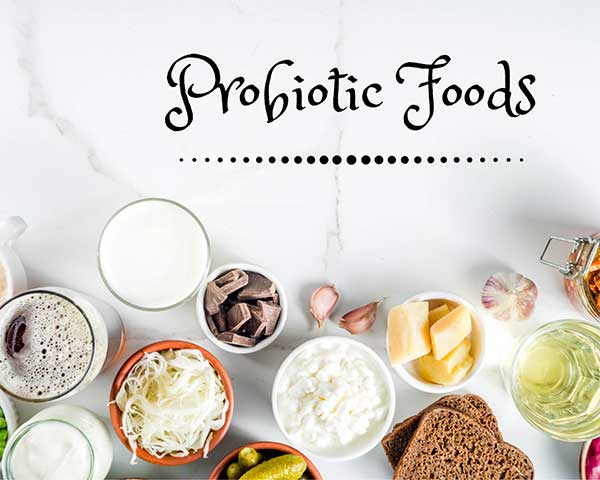Introduction
Probiotic foods — 50 years ago, who would have thought these tiny little organisms in food could have such an impact on how our body functions. Remember when all bacteria were bad and we used to kill them off with antibiotics?
How times have changed! These microorganisms naturally found in the digestive tract not only aid digestion, but impact inflammation in other area parts of the body as well.
Probiotic foods may help fight depression, cardiovascular disease, and improve the look of your skin.
There are many good probiotic food sources that are just begging to be added to your diet — and I don’t just mean yogurt!
What are Probiotic Foods?
But what makes a food a probiotic food? Fementation! Fermentation is a process whereby the sugar in food is broken down by bacteria and yeast which aids in preservation.
Certain probiotic foods contain “live active cultures” meaning the bacteria is still alive and well. Not all probiotics contain live cultures — food processing may destroy living bacteria, so beware of foods sitting on a shelf in the grocery store the are not refrigerated.
Some examples of fermented foods not containing live cultures are beer, wine, chocolate, and sourdough bread.
There are many classes of probiotic bacteria out there but the most common types are Bifobacterium, Lactobacillus, and the yeast Saccharomyces boulardii.
Most folks know about probiotics in dairy products like yogurt, buttermilk, and cheese. However there are a whole slew of non dairy fermented foods that you can add to your diet — sauerkraut, kimchi, and kombucha to name just a few.
What are the best probiotic foods?
YOGURT
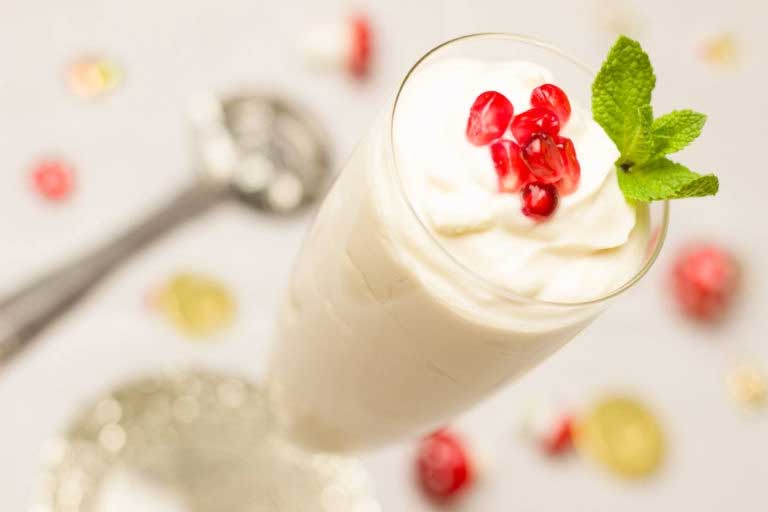
While yogurt can be a good source for live active cultures, just remember all yogurt does not contain these — the food label will be clearly marked if it does.
Also, yogurt may contain added sugars or artificial flavorings — again, check the food label and try to choose products with only natural ingredients.
Probiotic yogurt may aid digestion; it may also aid in the treatment of diarrhea, constipation, IBS, cardiovascular disease. It may help in the treatment of hypertension, which is a risk factor for heart disease and stroke.
Probiotic yogurt may give your immune system a boost which we all need during cold and flu season. Let’s not forget osteoporosis – probiotics may help strengthen your bones , thereby decreasing your risk of fractures as you age.
BUTTERMILK

buttermilk
Buttermilk is the liquid left over after making butter from milk — duh! Back in the day, naturally occurring bacteria in buttermilk were fermented by a process known as ripening – basically, the unpasteurized butter cream sat out for awhile before churning.
Now, buttermilk is pasteurized which kills all the naturally occurring bacteria. The probiotic bacteria, Lactobacillus acidophilus, is reintroduced in the buttermilk, giving it that sour, tangy taste some people love.
Like probiotic yogurt, buttermilk may aid in digestion, IBS treatment, and reducing blood pressure.
KEFIR
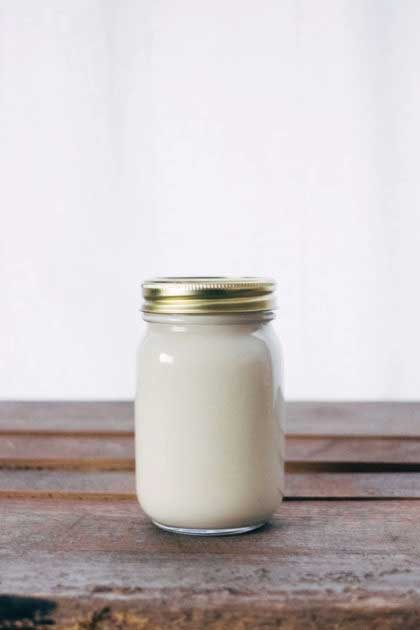
kefir
Kefir is sort of like a more liquidy version of yogurt. What makes if different from yogurt is the way it’s fermented. Kefir is made from cow, goat, or nut milk and fermented with kefir grain — a combo of probiotic bacteria and yeast.
The kefir grains feed on the lactose, making it lower in lactose than cow’s milk — a better choice if you’re lactose intolerant as it’s easier to digest.
Like its dairy cousins buttermilk and yogurt, kefir, aids digestion, immunity, and improving bone mass. Kefir may be a cancer fighter too.
Kefir may contain up to 61 different strains of bacteria and yeasts, making it a very rich source of probiotics — even better than yogurt!
CHEESE

cheese
Aged cheese or raw, unpasteurized cheese from cow or goat’s milk are the best sources of probiotic cheeses and are available in almost any variety.
When purchasing, look for the words organic, made from raw milk, or probiotic on the food label. Probiotic bacteria survive processing in some cheeses, such as cheddar, gouda, and mozzarella.
As with the other dairy sources, moderate consumption may decrease the risk of osteoporosis and cardiovascular disease.
THE DARK SIDE OF DAIRY
However, dairy is not good for everyone. If you’re lactose intolerant, it may cause GI symptoms like bloating, abdominal pain, and diarrhea.
If you have a milk allergy, eating dairy products could trigger a reaction ranging from hives to potentially deadly anaphalaxis. It’s safest to avoid milk products entirely with an allergy.
KIMCHI
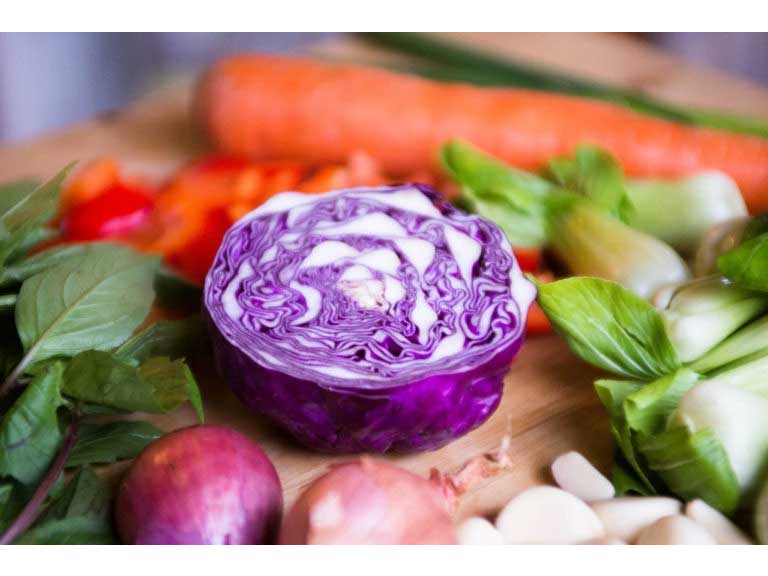
red cabbage
Kimchi is made by fermentining red cabbage in a tightly closed jar along with salt, vinegar, chile peppers, garlic, and spices such as ginger. This traditional Korean dish is served over noodles, rice, and in soups.
Benefits include boosting your immune system, decreasing inflammation, improving memory, and lowering cholesterol.
SAUERKRAUT
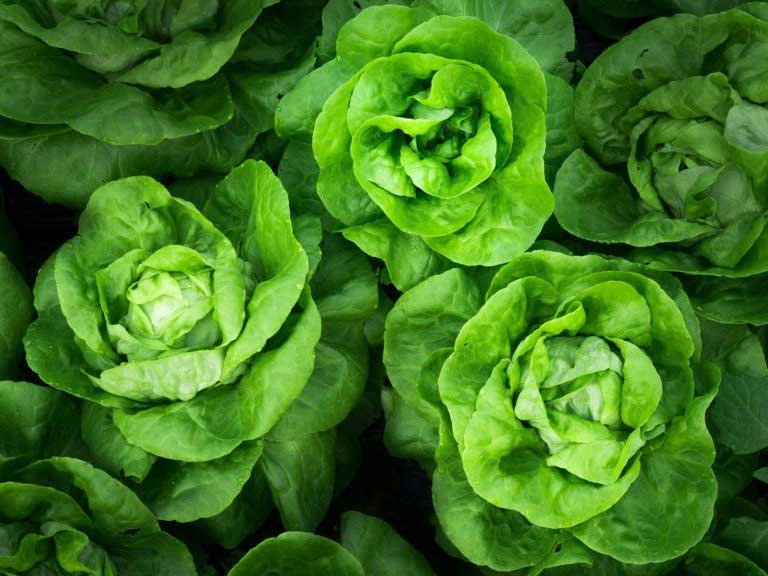
cabbage
Like its Korean cousin, sauerkraut is made from fermented cabbage, but they’re not the same thing.
Sauerkraut is an eastern Europeon dish while kimchi hails from Korea. Kimchi is fermented at a significantly lower temperature than sauerkraut with more salt used in the fermentation process.
More differences — Kimchi can be made from pretty much any vegetable and usually contains Korean radishes along with ginger, garlic, scallions, red pepper flakes, and fish sauce.
Kimchi is less acidic with a saltier, spicier taste than sauerkraut; sauerkraut has a more tangy, tart flavor.
The similarities — they both share the same lactic acid fermentation process and can be made from cabbage. Bacteria which ferments the sugar in cabbage, preserves it and gives that unique flavor.
Both contain beneficial bacteria like Lactobacillus that may aid in improving GI health, prevention of colds and UTI’s
MISO
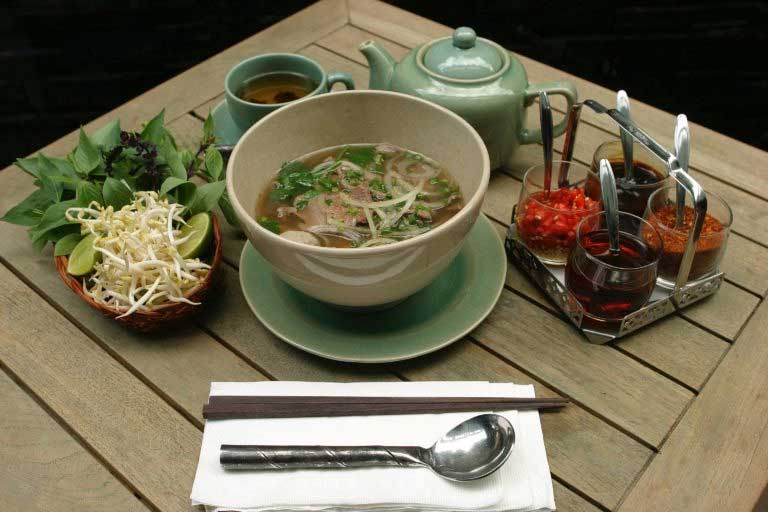
Miso, or “fermented beans” in Japanese is a widely used condiment in Asian cultures, thought to stimulate digestion and increase energy.
This protein – rich paste adds the fifth taste know as “umami” –a salty, savory bite that provides an instant flavor boost to a wide variety of dishes like soups, stews, marinades, and vegetables.
It’s fermentation process promotes the growth of good probiotic bacteria — the main probiotic strain found in miso is A. oryzae.
Miso is made from soybeans, so make sure you buy miso that is organic and non GMO –check the food label– as most soybeans are made from genitically modified soybeans.
When buying, choose unpasteurized, “live” miso that needs to be refrigerated as it’s packed with beneficial enzymes and microorganisms. Store in a closed container and use within a year of purchase.
Miso has many heath benefits including reducing cholesterol and blood pressure, improving digestion and immune health, protecting against cancers of the lung, colon, and breast.
However, miso may not be good for everyone. It is high in salt so be advised if you’re on any kind of sodium restriction. It’s also fairly high in Vitamin K1 which may interact with blood thinners.
Since miso is usually made from soy, it may be considered a goitrogen, which may affect thyroid function if yours isn’t functioning properly.
KOMBUCHA

kombucha
Kombucha has made a resurgence in popularity in recent years, but in reality it’s been around for thousands of years.
What is kombucha and where does it come from? Kombucha is thought to have first been brewed in China about 2000 years ago. It’s a fizzy beverage made from green or black tea, yeast, and sugar that is fermented over the course of about a week.
During the fermentation process, the yeast breaks down the sugar releasing beneficial bacteria. The fermentation process produces the carbonation responsible for the beverage’s fizziness.
This probiotic – rich drink has a myriad of potential health benefits ranging from improving gut health, decreasing the risk of cancer, heart disease, and improving blood sugar control in type II diabetes.
Kombucha can be made at home, but be careful as over fermentation and contamination may have some serious adverse health effects
Homemade kombucha may also contain up to 3% alcohol which is a bit higher than store-bought brands that may only contain up to 0.5%. For these reasons, it may be safer to purchase commercial brands of kombucha.
PICKLES

pickles
Not all pickles are fermented — in fact, most grocery store varieties are not. However, fermented pickles are fairly easy to make at home and may have quite a few health benefits.
Though most any vegetable may be fermented, cucumbers are commonly used for pickling. Check out this link for an easy recipe for fermented cucumber pickles.
And the benefits of consuming fermented pickles and pickle juice? There is some evidenced pickles may help relieve muscle cramps, lower blood sugar, and have anticancer benefits.
Pickles do contain a good amount of sodium — salt makes up about 5% of most recipes. For example, two small pickle spears may contain around 600 mg of sodium. An easy way to control the amount of salt in the recipe is to make your own pickles at home.
CONCLUSION
You may have heard that old saying — what’s old is new again? Probiotic foods have been around for centuries, but went out of favor, and boy are they back now!
Probiotic foods not only taste great but are good food you. The evidence to support the belief they may aid in decreasing inflammation is strong.
Since inflammation is the root cause of most chronic diseases, eating more of these foods seems like the smart thing to do. I’d love to know what are your favorite probiotic foods, and if you’ve experienced any of their purported benefits.
If you’d like, please leave a comment and let me know.
***Disclaimer: This post is for informational purposes only and should not be construed as medical advice***

